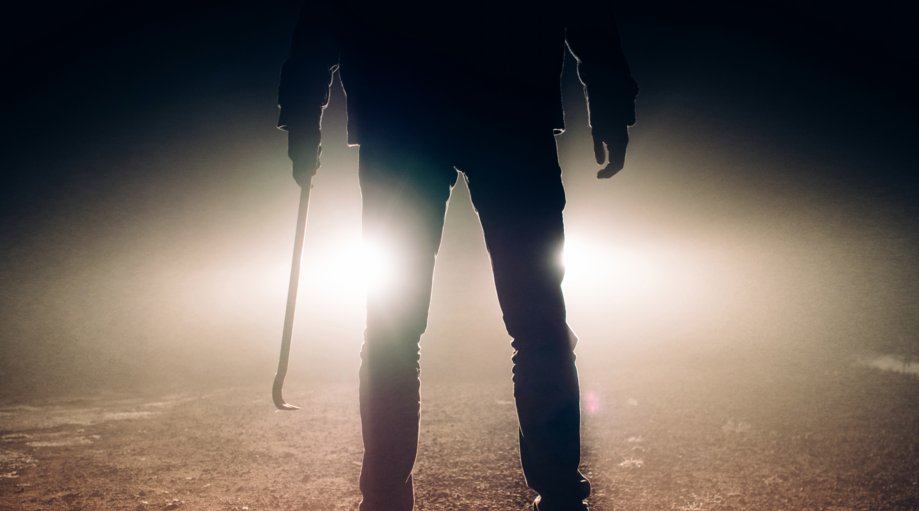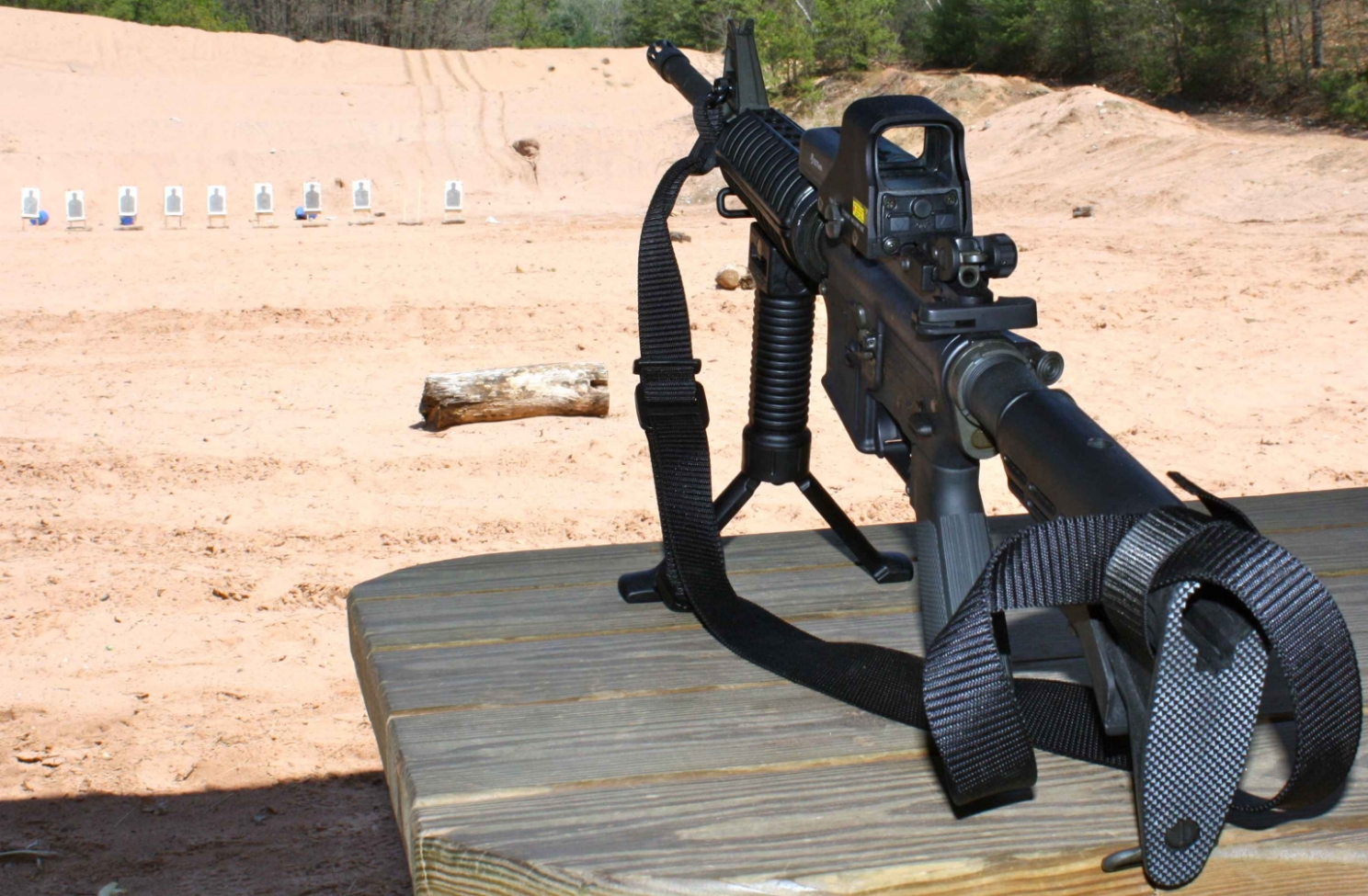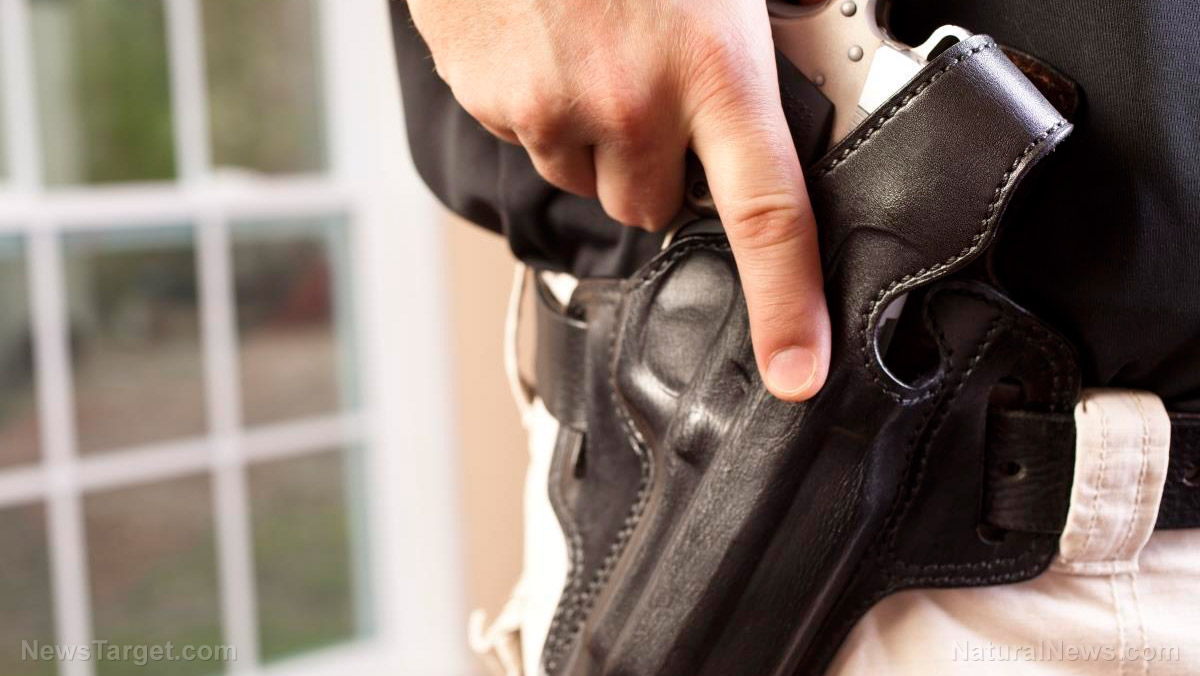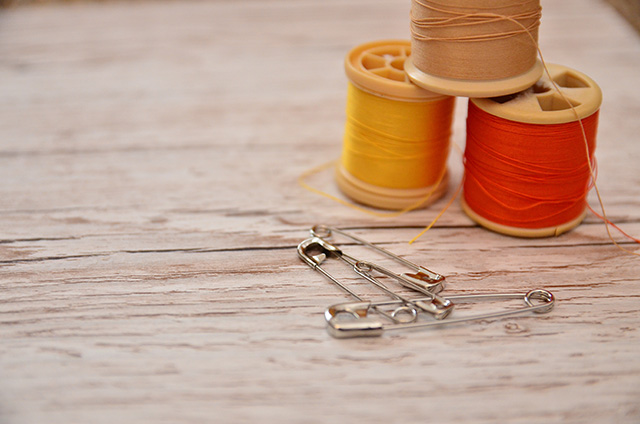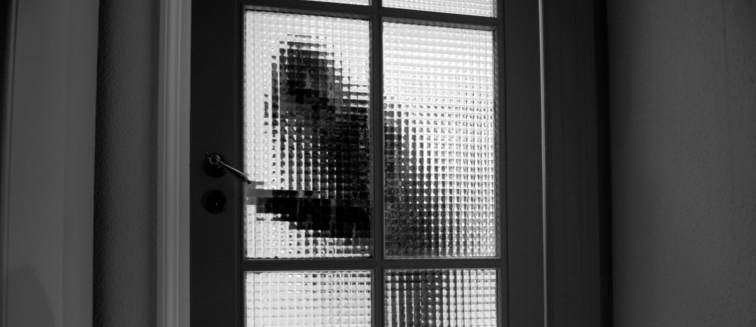Self-defense basics: Using a stick to defend yourself from a knife attack
10/28/2018 / By Zoey Sky
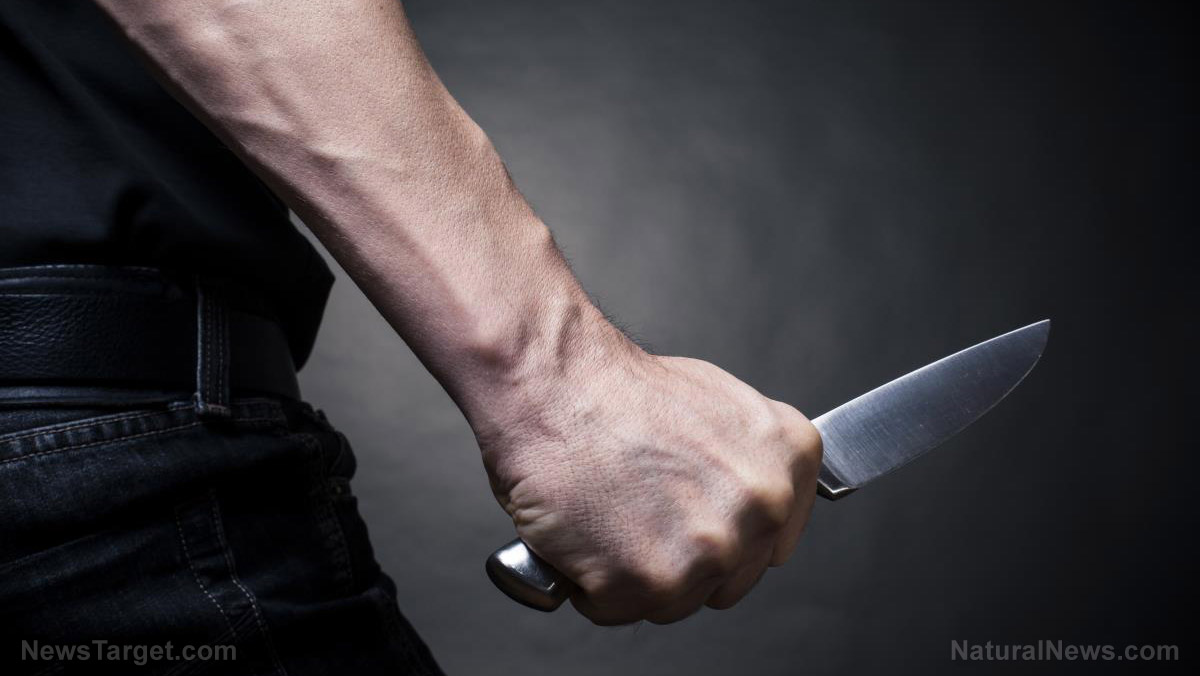
Did you know that aggravated assaults made up a whopping 62.3 percent of violent crimes reported to law enforcement back in 2013? The remaining 29.7 percent of violent crime offenses involved robbery.
Thankfully, Brighteon user SHTFprepping101 uploaded a video that outlined steps you can follow to defend yourself against an attacker with a knife. The tips in the video, which is titled “How To Defend Yourself Against A Knife Attack With A Stick,” will teach you how to defend yourself using a stick, or other stick-shaped objects like an umbrella or a pipe.
View the full Brighteon.com video here:
Self-defense tips
The video features an Inner Warrior coach named Jeremy Pollack. He starts by stating that the goal of the video isn’t “to create more violence and aggression,” but “to create more peace and harmony whenever possible.” (Related: Survival is about more than gear and food storage: Your team and mindset are crucial.)
Pollack cautions that the self-defense techniques must only be “used as a last resort in the preservation and defense of an innocent life.” He defines “stick” as any long makeshift weapon, like a pipe, that won’t break when used to hit an attacker. The stick can be anything you find lying on the ground or a weapon that you’re concealing, like a baton.
Here are some proper stick-holding techniques:
- Don’t hold the stick too high.
- Grip the stick about one or two inches from the bottom, which you can measure using the top part of your thumb.
- Like traditional stick or sword-fighting, use your middle and ring fingers to grip the stick firmly while your index finger and pinkie are a bit loose so you can hit the enemy with some force. Doing so lets you move the stick around while also keeping a tight grip on your weapon.
Technique 1: Defending against the “slash”
- When your attacker slashes at you with his knife, often at a downward angle, keep your free arm up to protect your head and stay at least an arm’s length away from the knife.
- As the attacker slashes at you, step back to move away from his knife. Then, use your stick to hit the attacker’s knuckles. Practice this move to improve your accuracy. Pollack advises that in a real-life fight, this move will work at least 70 percent of the time. Keep practicing to increase your chance of successfully disarming your attacker.
- Follow up with a move called the “block and trap.” After hitting the attacker’s knuckles with your stick, use it to block the knife. Then use your free hand to trap the hand holding the knife and push his arm inwards so he can’t strike you with the knife. Push against the attacker because he’ll also be pushing against you.
- Once the attacker’s knife-holding hand is trapped, you have an opening to attack the rest of his body. Variations for defense against the knife slash include hitting the attacker’s head swiftly with your stick or aiming for his legs if you’re quick enough. However, the general rule for self-defense is to attack the weapon first.
- When you’ve secured the hand holding on to the knife, use your stick to attack your opponent’s head. If this doesn’t knock him out, e.g., if he puts his other hand up to protect his head, hit his shins or knees instead. Keep alternating between hitting the attacker’s head and lower leg.
Technique 2: Defending against the “stab”
- The stab is more common than the knife slash, and once again you’ll be defending yourself using the “drop-block-trap” move. “Drop” the stick by hitting the knife with a downward strike, then use the stick to block a knife attack. Finally, trap the hand holding the knife using your free hand.
- Once you secure the attacker’s weapon, use your stick to strike his ribs, head, knees, or hand.
Additional self-defense tips against a knife
- Do not engage the attacker unless absolutely necessary. Run away if you can.
- Put barriers between you and the attacker, like a stationary car or a park bench. You can also use your bag or a chair.
- If you’re wounded by the knife, try to protect your vital organs and arteries. Keep your arms up and protect your center-line, which includes your throat, neck, lungs, heart and arteries.
See the full tutorial by watching the video, which you can view at this link.
Read up on more self-defense tips at Preparedness.news.
Sources include:
Tagged Under: Brighteon, fighting techniques, knife, preparedness, prepper, prepping, self-defense, SHTF, stick against knife defense, stick tactics, survival, survival skills, survival weapons, survivalist

